The capital of three empires, the cradle of which is the shore of the Bosphorus. A place between two continents, a crossroads of peoples, cultures, and religions: welcome to Istanbul. Centuries and centuries of history are preserved in a city that knows how to transmit and innovate. A thousand faces, hundreds of palaces, churches and bazaars, colors, perfumes, and folklore, starting from the Sultanahmet district, a UNESCO World Heritage Site, the heart of the old city: a miracle full of treasures that remind of the Ottoman and Roman Empires. A journey through mosques and minarets, century-old domes, the sultan’s palace with wonderful fountains, and an impressive underground cistern.
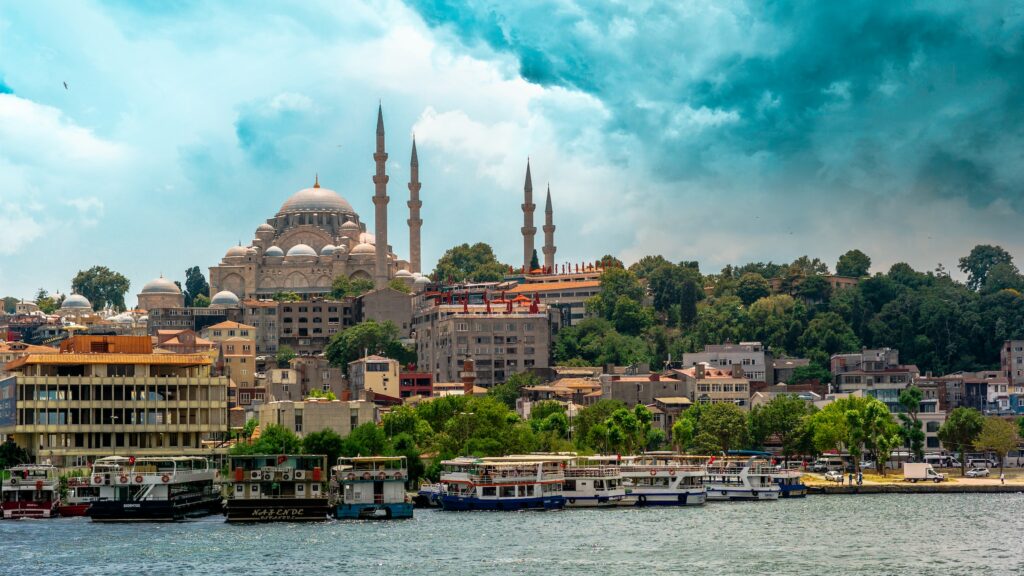
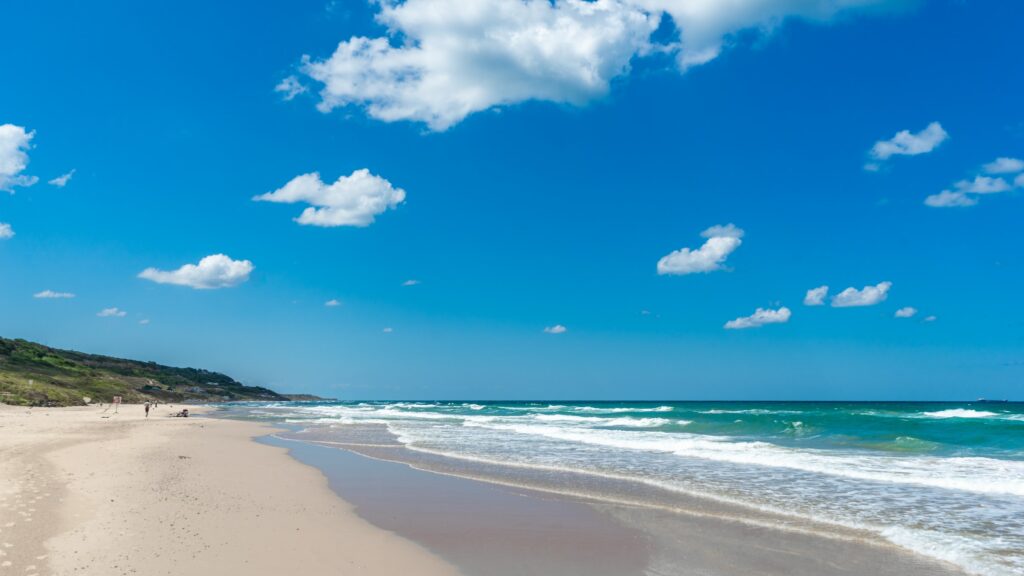
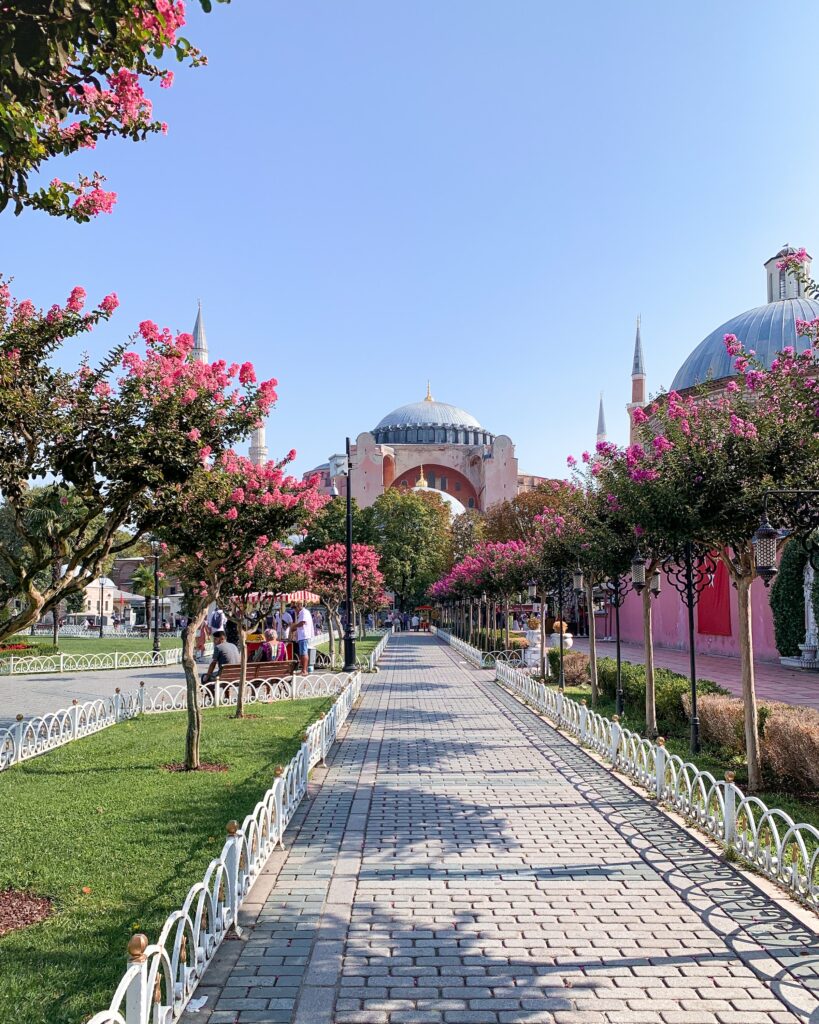
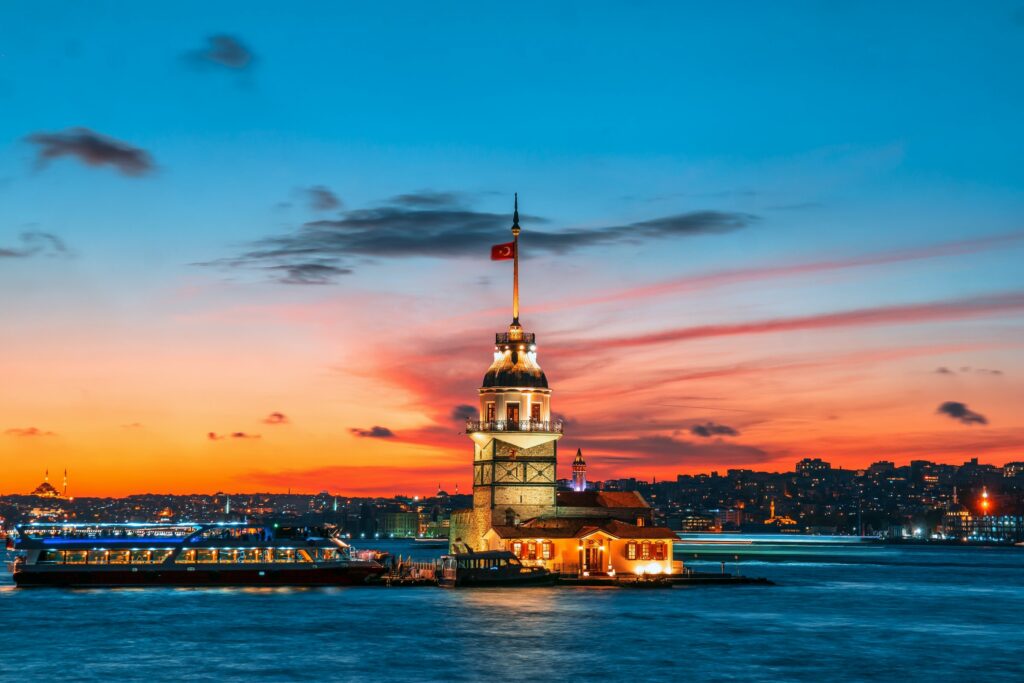
As soon as you cross the Galata Bridge, you will be transported from traditional Istanbul to a brighter and more modern one, the heart of which is located in the lively Taksim Square. You will find yourself in the exquisite Beyoglu district with its restaurants, clubs, and contemporary art centers that overlook the pedestrian shopping boulevard Istiklal Caddesi. Now let’s go even deeper. What to see in Istanbul? From basilicas to mosques and trips to the Bosphorus. Discover the best places to visit in Istanbul with our travel guide!
Hagia Sophia
Religious history is one of the main elements of the identity and architecture of the Turkish city. There is a building in Istanbul that contains all the mixtures and symbols of different eras, and this is the Hagia Sophia. Visiting it will be like traveling through time. Built at the behest of Justinian in 537, this church was a Christian cathedral of the Byzantine rite, then became a Catholic cathedral, a mosque, and in 1934 it was transformed into a museum. Thanks to this new use, Byzantine decorations were rediscovered, which were darkened after the Muslim conquest of Constantinople. Recently, the State Council of Turkey canceled the decision to transform it into a museum, and Hagia Sophia became a mosque again.
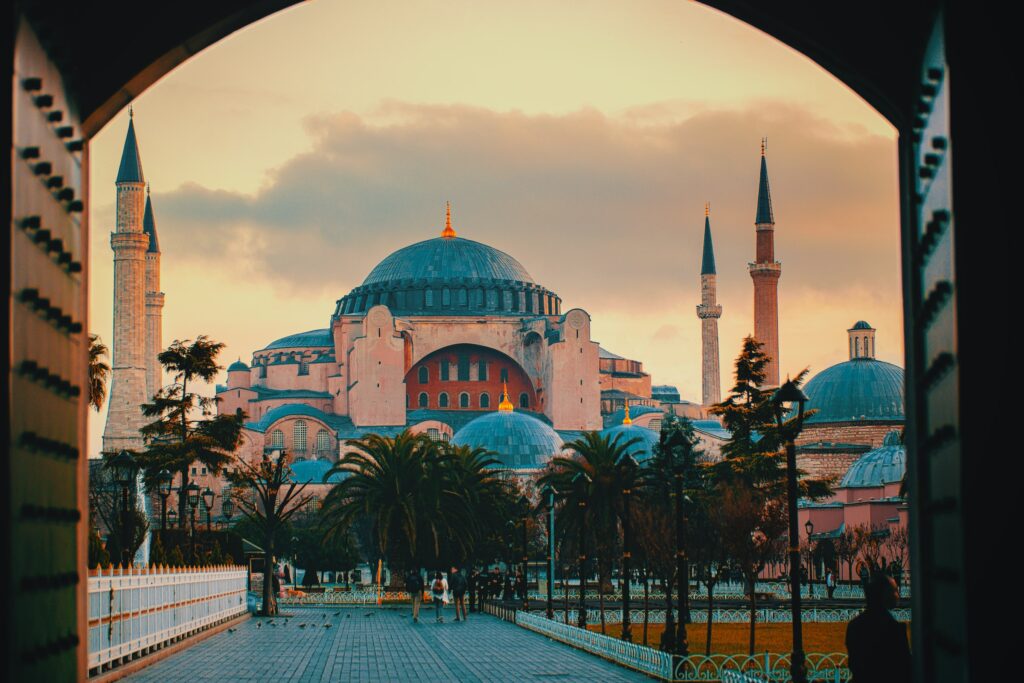
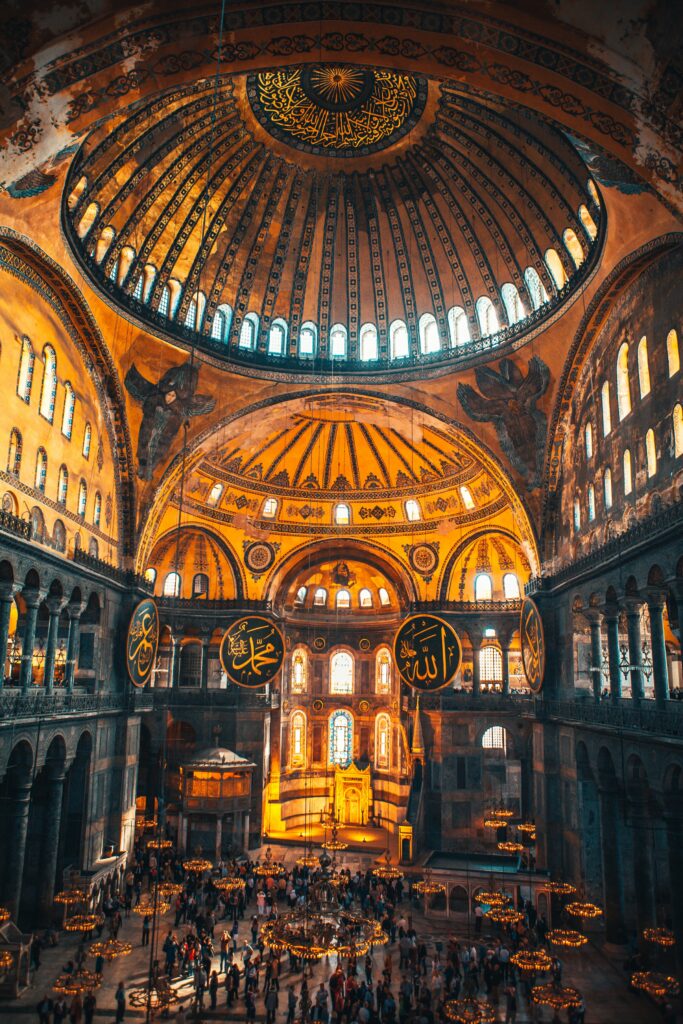
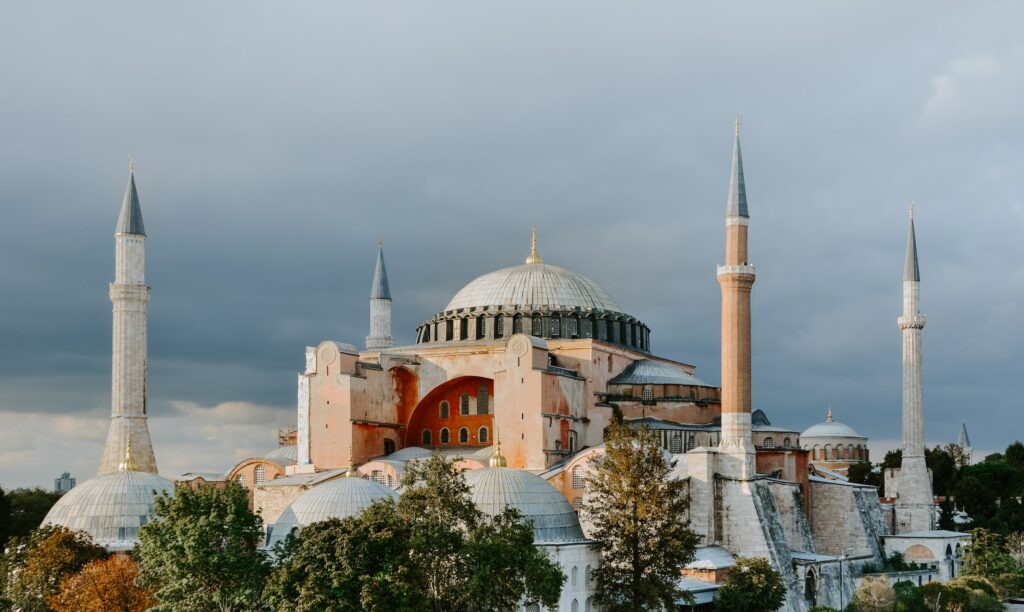
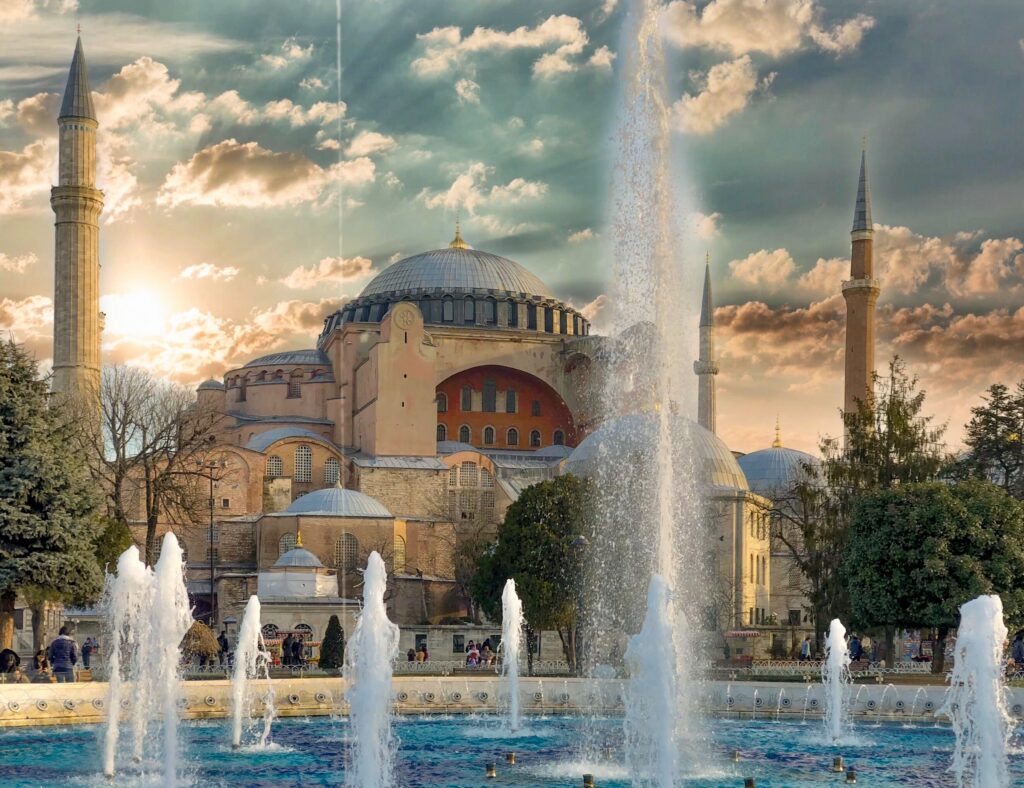
The plan of the basilica has been preserved. The only changes concerned the addition of a mihrab, that is, a niche in which one prays and which was obtained from the main apse. The minbar, the pulpit from which the imam preaches, was also added. Admiring this church-museum, one should not miss, first of all, the mosaics of the 10th century decorating the atriums and the main apse. The most famous mosaic depicts Christ the Pantocrator and is located above the Imperial Gate.
Blue Mosque
The dome is decorated with 20,000 blue tiles, and together with more than 200 windows that illuminate the building, you will see an exciting play of light, especially at sunset. The Blue Mosque, located directly opposite the Hagia Sophia, was built by order of Sultan Ahmed I between 1609 and 1617. It was a gigantic project, which also used state resources to achieve. The work was entrusted to the court architect Mehmet Aga. To avoid being accused of blasphemy, the Sultan financed the construction of an additional minaret in Mecca to restore its primacy.
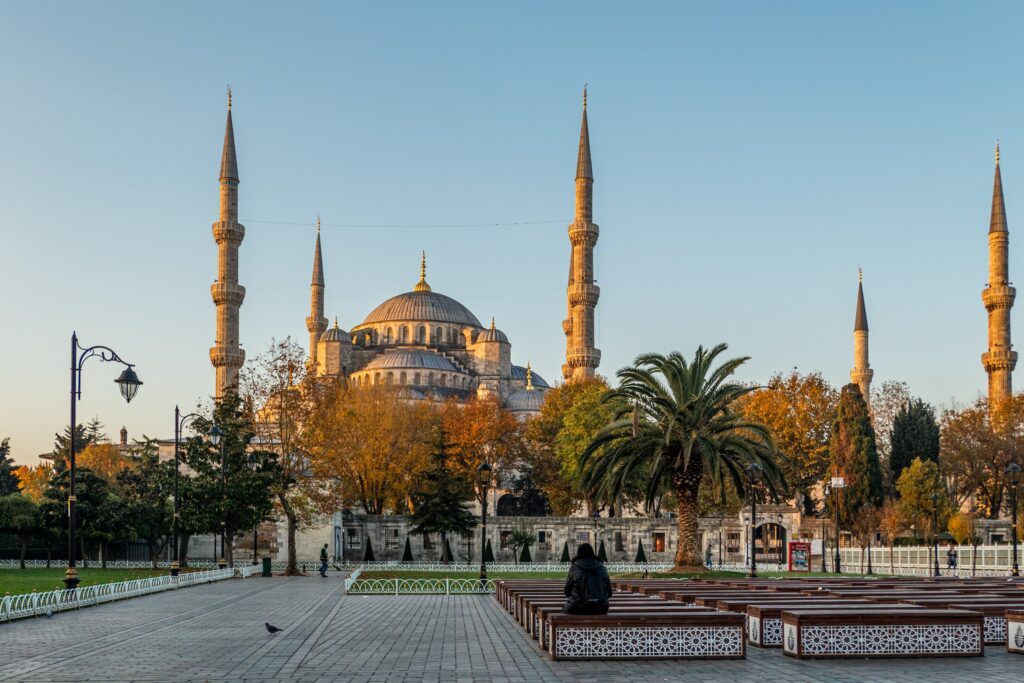
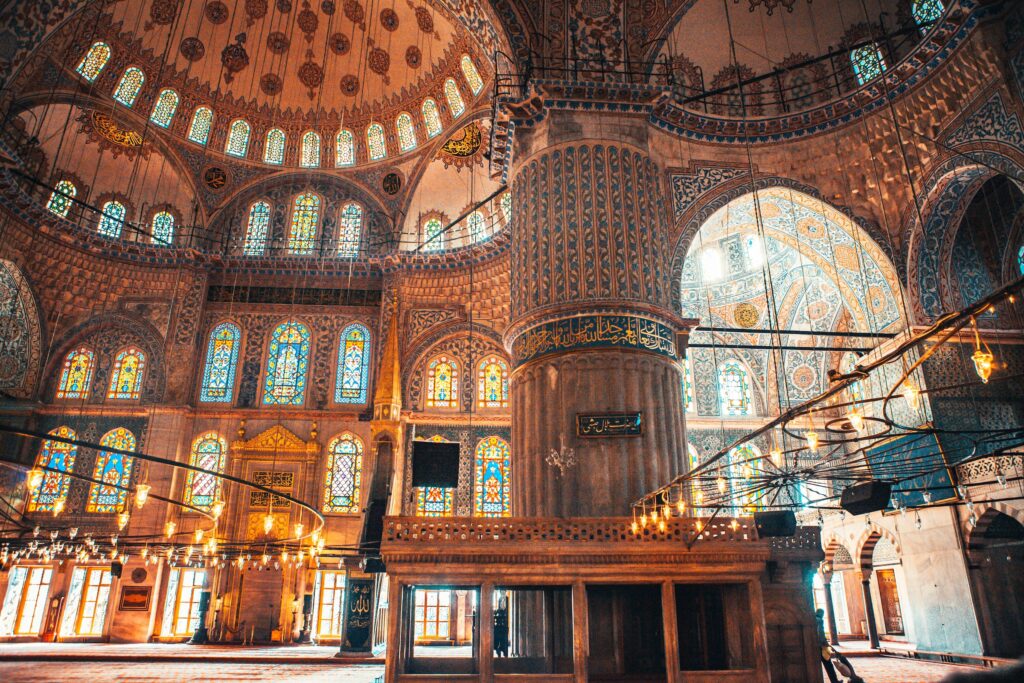
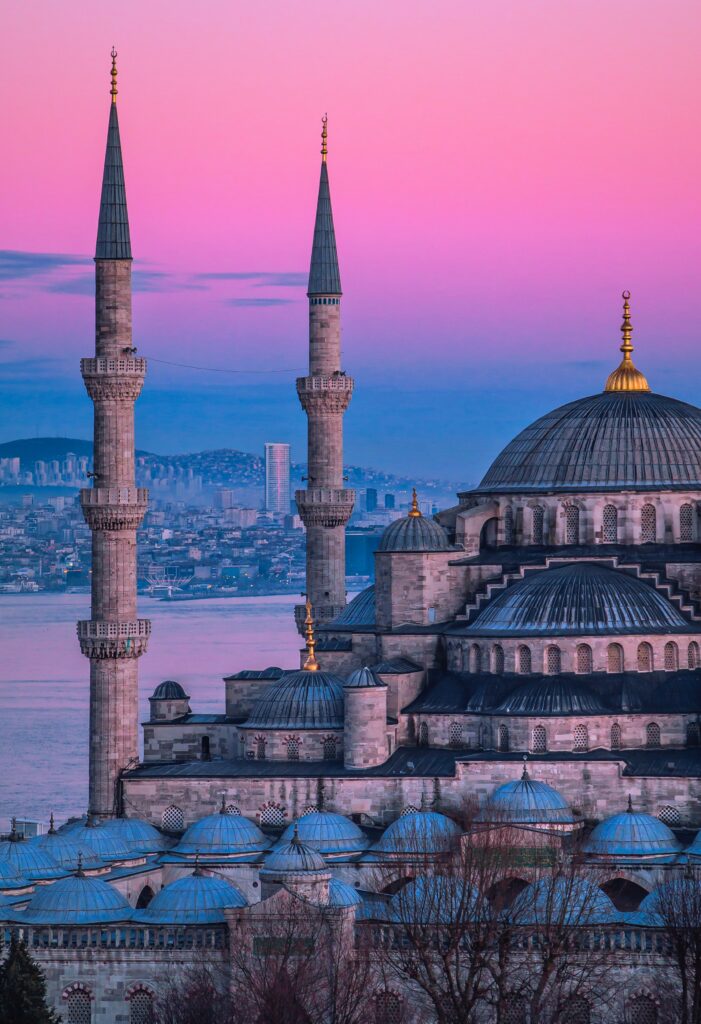
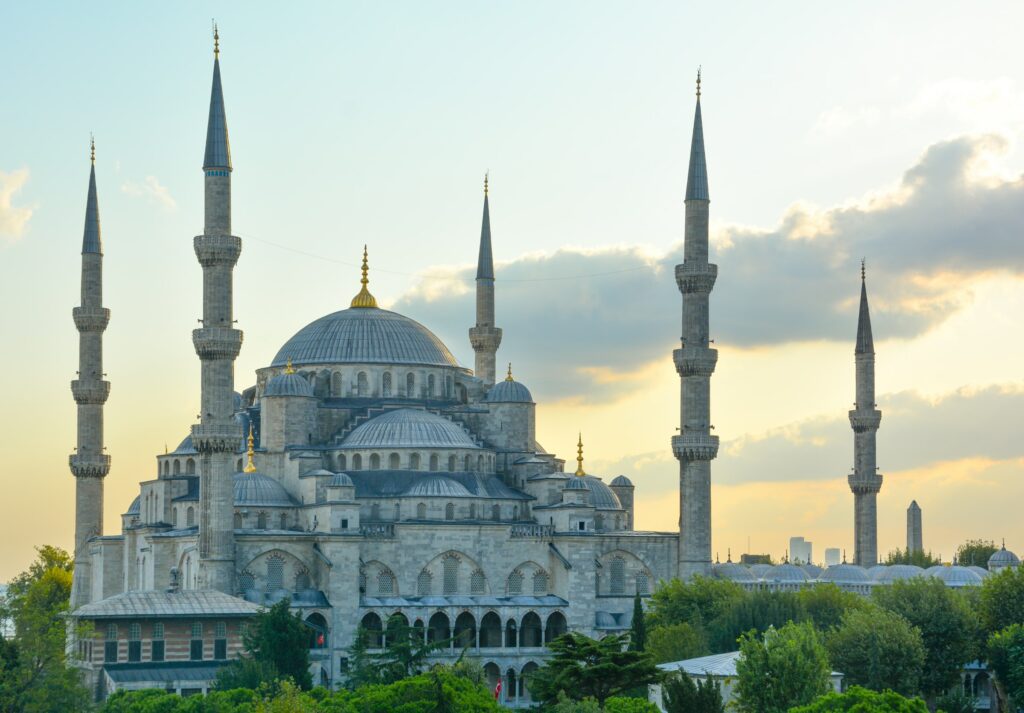
The initial project included a canteen, a hospital, and a Koran study school. Only the sultan’s mausoleum and the table remained from the original construction. The Blue Mosque is open to everyone if you follow the rules of Islamic dress. The exterior of the building impresses with harmony and elegance of lines. Inside, the atmosphere becomes magical, especially in the month of Ramadan, when lit lamps make the red carpets and majolica in the prayer room shine.
Topkapi Palace
One of the symbols of the beauty and power of the Ottoman Empire: here is the Topkapi Palace, the place where the Ottoman sultans lived and ruled for 4 centuries. The building, built in the 15th century, was later transformed into a museum. Overlooking the Bosphorus, there is a fantastic view of the Marmara Sea and the Golden Horn. The position not only wanted to confirm the superiority of the empire but also had strategic importance for controlling maritime traffic. The palace develops around four courtyards in a maze of buildings. Among the curiosities that can be viewed, starting from the entrance, you can highlight the Council Hall and kitchens.
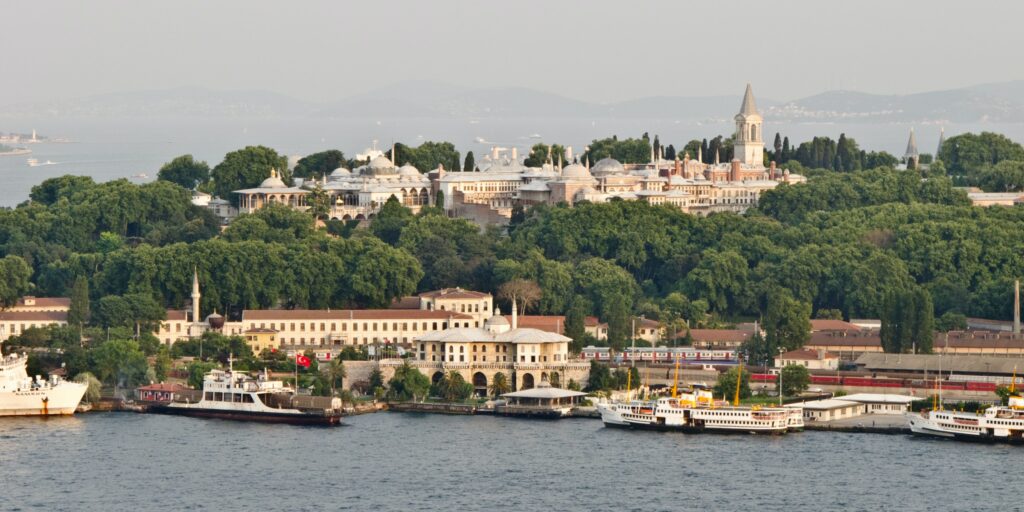
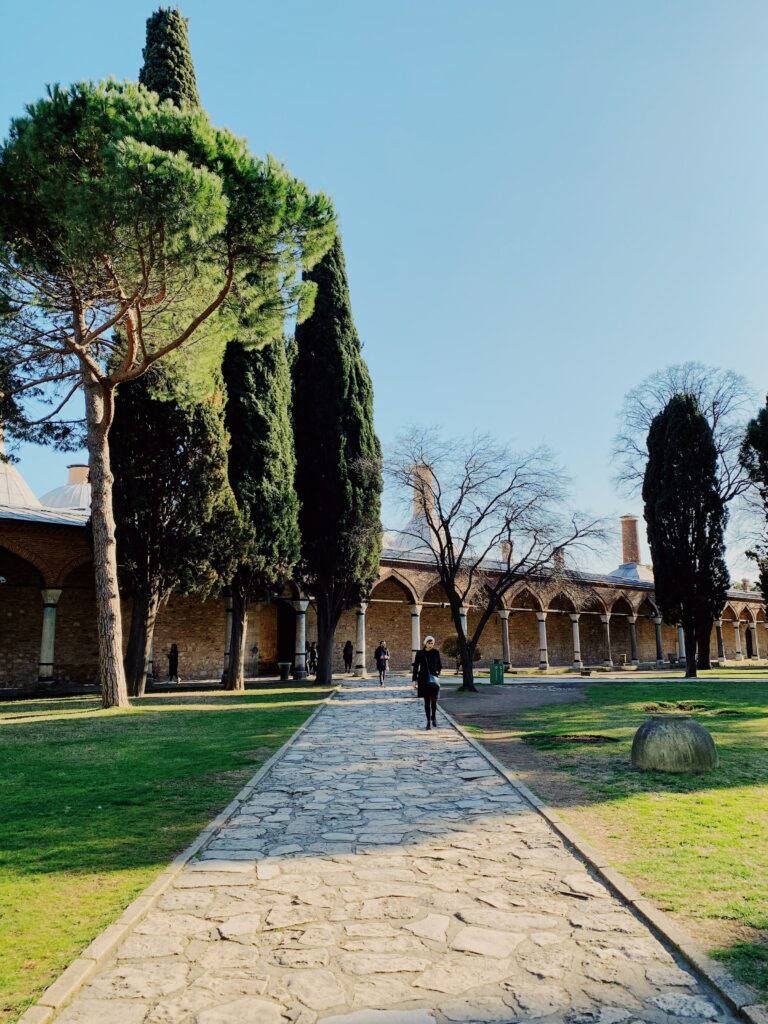
Continuing, you can admire the Treasury with an extensive collection of imperial jewels, as well as the harem, a series of apartments that were reserved for the Sultan, wives, children, concubines, and mothers. In the third courtyard, you will have access to the Gate of Happiness, after which you will get to the Audience Hall, where foreign ambassadors were received. In the last courtyard, you can see the magnificent sultan’s garden, where there are kiosks among tulips and roses, from which a beautiful view opens.
Istanbul Grand Bazaar
It is impossible not to visit one of the most characteristic places of Istanbul. The Grand Bazaar is a picturesque maze of narrow streets and streets with frescoes, full of stalls, fragrances, and flowers. Imagine more than 4,000 kiosks between laboratories and shops where you can buy everything. Add to these mosques, banks, and restaurants. Kapali Carsi is the largest indoor market in the world: it covers an area of more than 30 thousand square meters, affects about 60 streets, and has 17 entrance gates.
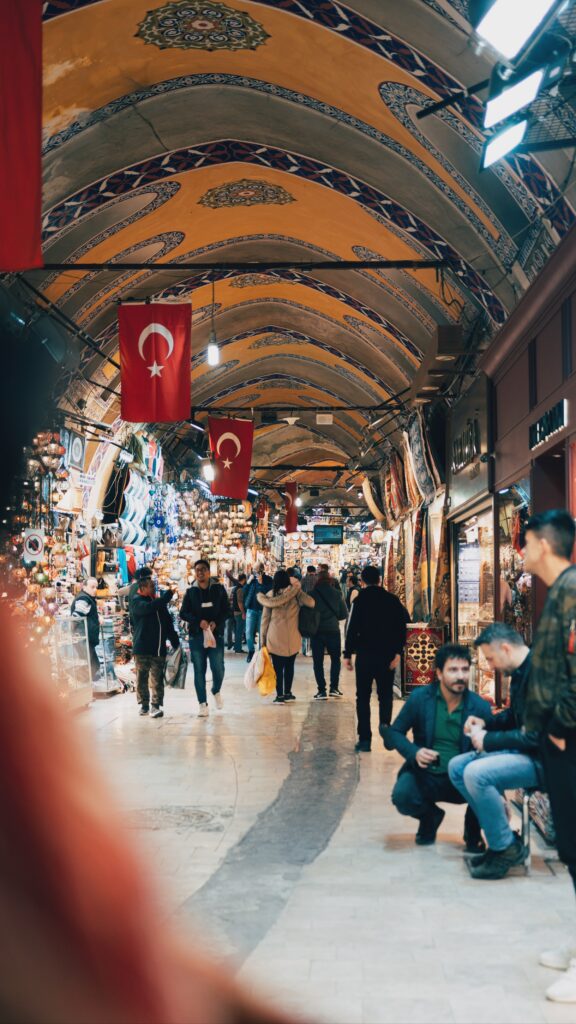
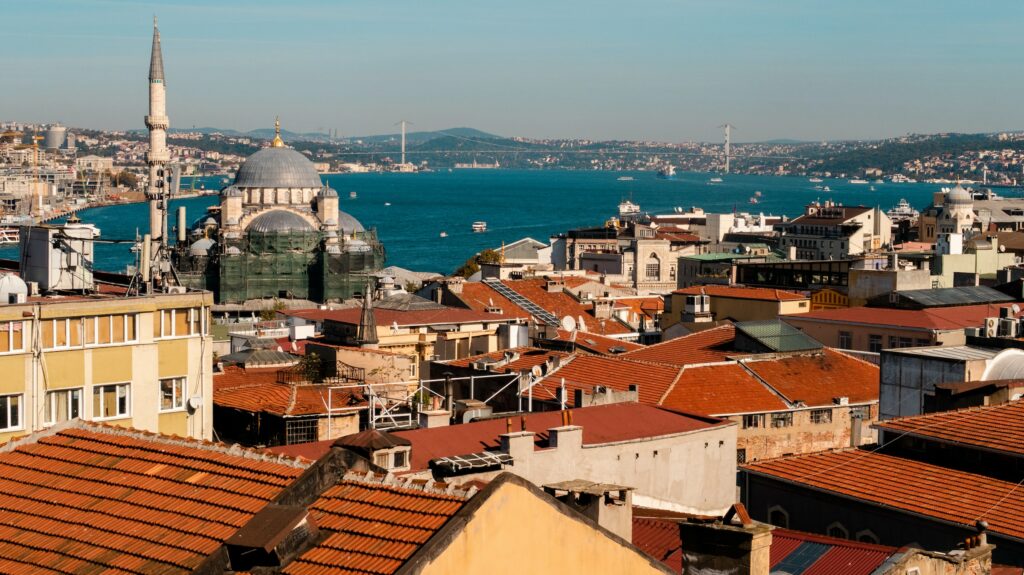
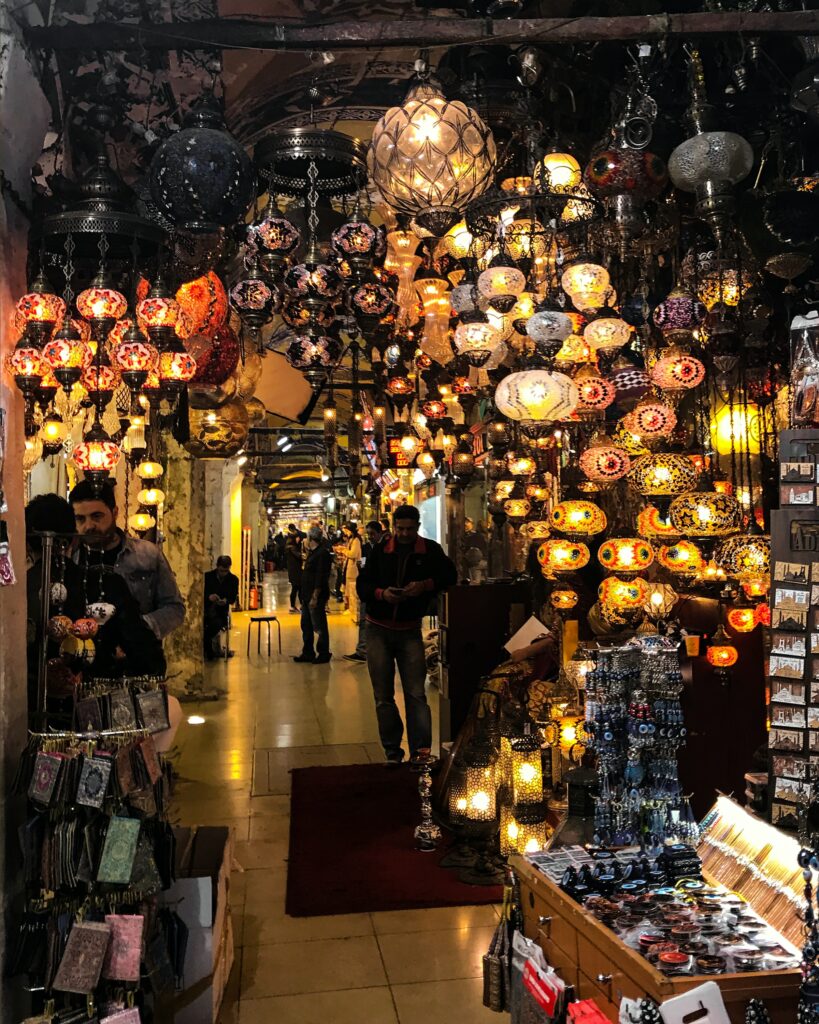
It will be a unique experience thanks to antique books, jewelry, ceramics, fabrics, leather, and copper objects. The market has an ancient origin dating back to the 15th century. Over the centuries, the territory has expanded more and more, assigning the exact location to each corporation. For shopping, you need to be patient and be able to bargain, having previously entered other stores. The bazaar is always crowded with tourists and is open every day except Sundays and Islamic religious holidays.
The Bosphorus
Among the sights of Istanbul, the Bosporus, the Strait (31 kilometers long) connecting the Marmara Sea with the Black Sea and marking the southern border between the European and Asian continents, certainly deserve an honorable place. Istanbul stretches from the European side, but the urban area crosses the Asian side by about 18 kilometers. Crossing it by boat, on a cruise, or partially on foot will be a unique experience. The Bosphorus is a very attractive point, as through its shores you can admire parks, villages, picturesque surroundings, and numerous Ottoman palaces.
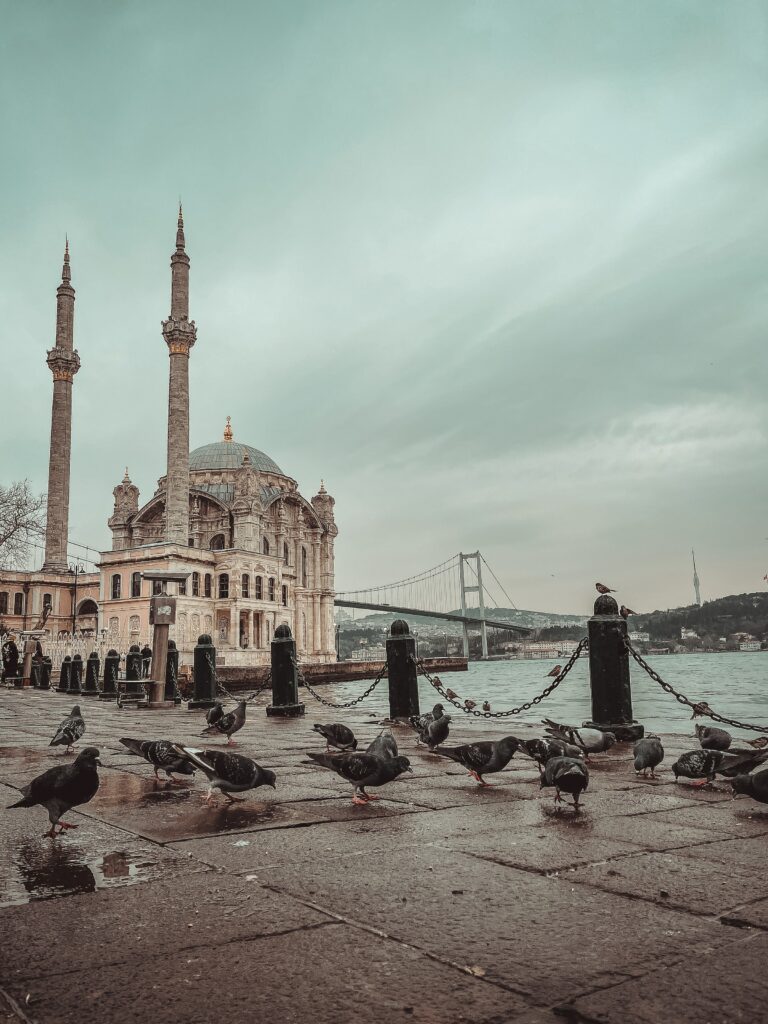
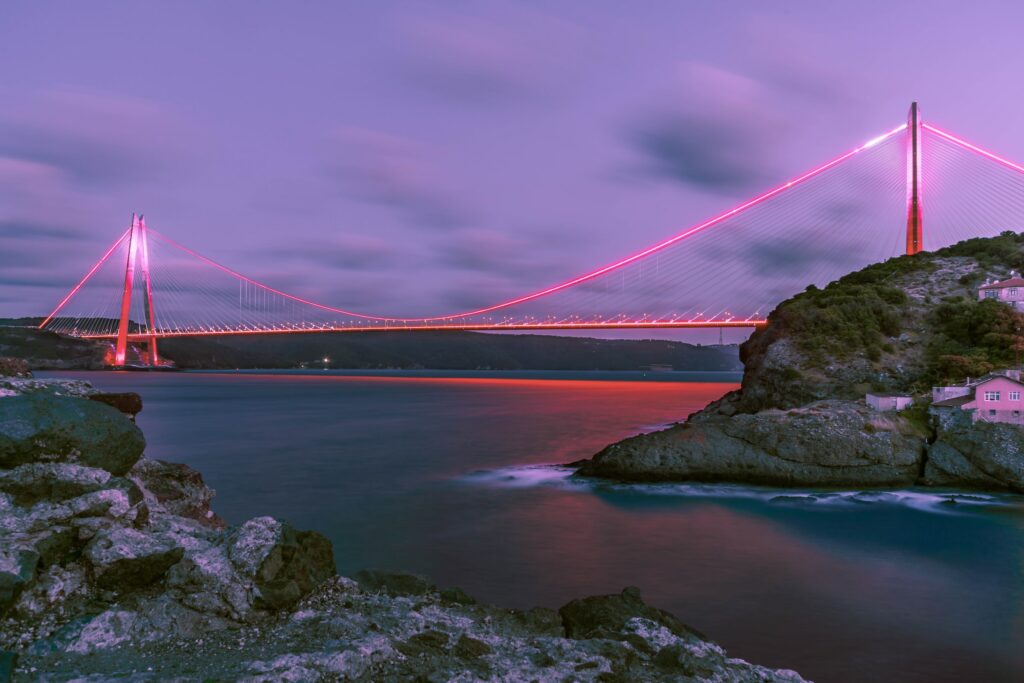
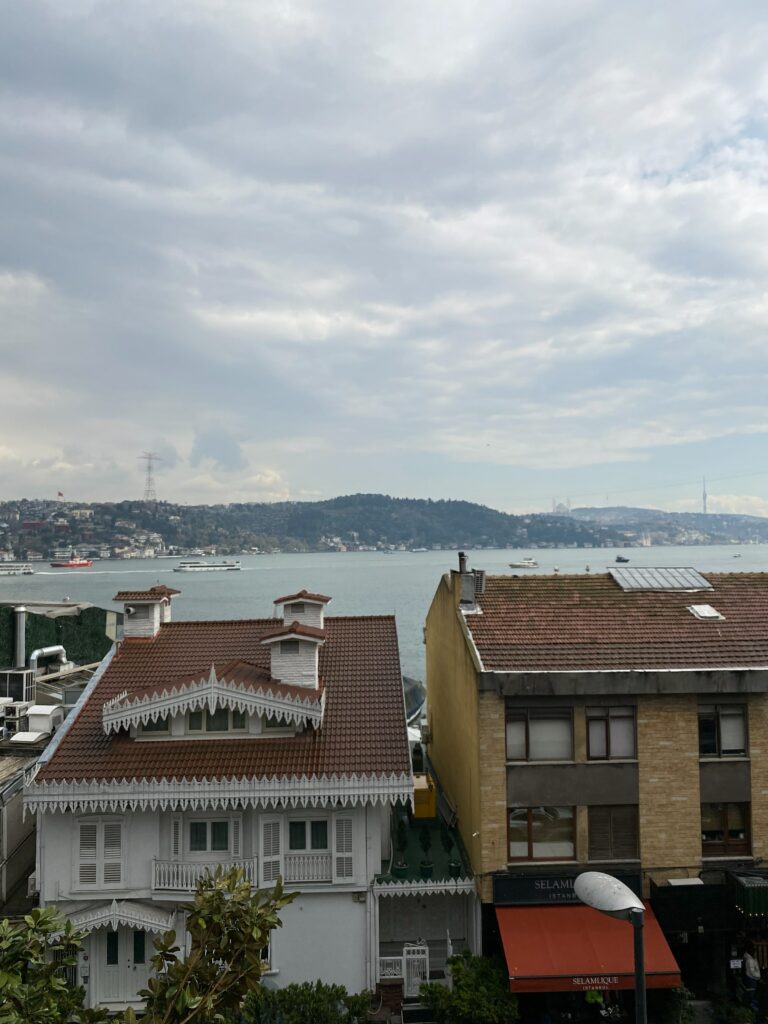
The name, which comes from Greek and means “passing of the heifer”, refers to the myth according to which Zeus turned one of his many mistresses into a heifer to avoid the jealousy of his wife Hera. The Bosphorus Strait has always been a place of commercial and strategic importance since the fifth century.
Basilica Cistern
An underground structure, first a church, conceived by Emperor Justinian as water storage for the city’s water supply: this is the main feature of the Basilica Cistern. The huge tank occupies the same space as the pagan basilica. To achieve it, capitals and foundations belonging to other buildings in ruins were used. It was abandoned and turned into a landfill until the 1990s when massive restoration work began. Most of the water has been eliminated, pedestrian paths have been created and lighting has been enhanced. Going down the stairs, you will find yourself in the likeness of a flooded temple.
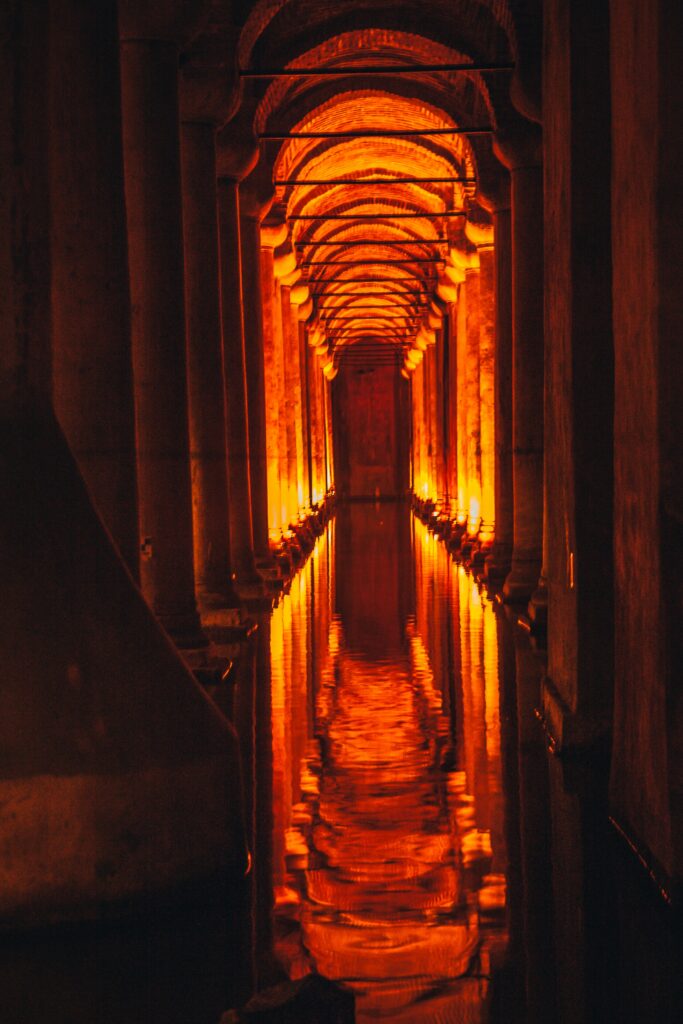
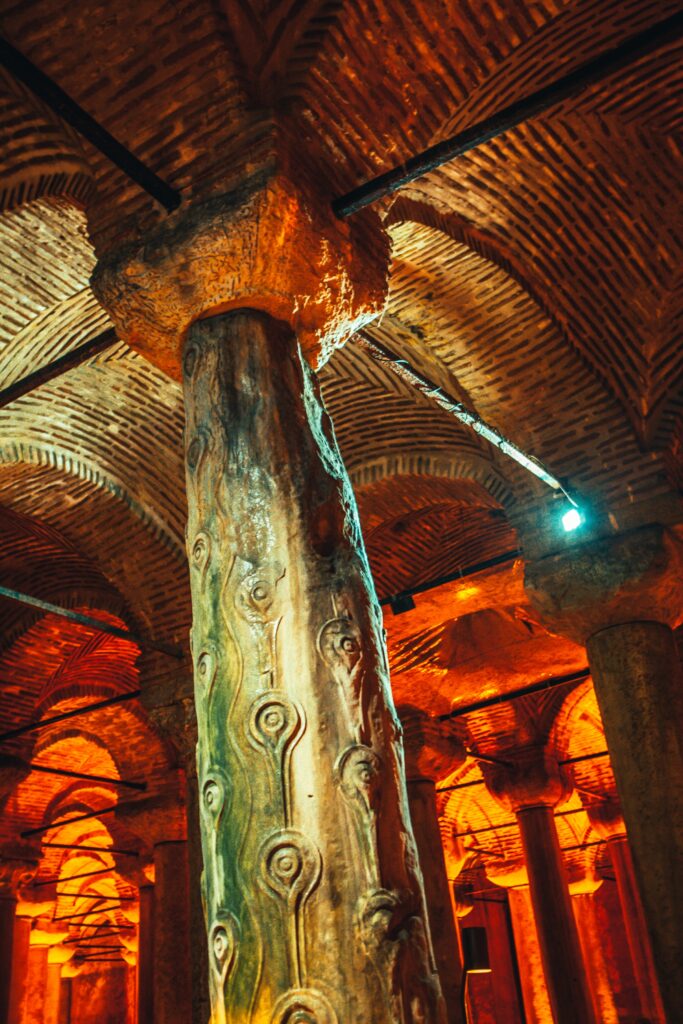
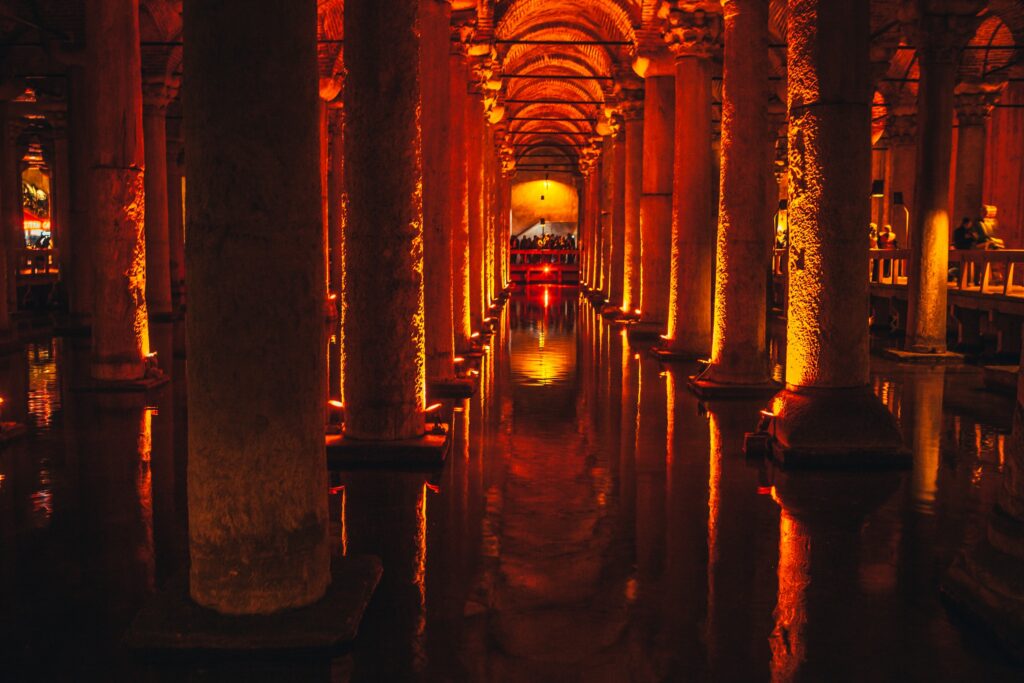
The hall is about 140 meters long and is crowned with a vaulted ceiling topped with 336 classical columns. The presence of water in addition to the background music makes the atmosphere very suggestive due to reflections and the play of light. There are also two jellyfish heads mounted on two columns in the north-western part of the tank, which need to be photographed. The French archaeologist Petrus Gillis managed to rediscover this miracle after many years of oblivion in the sixteenth century.
Galata Tower
In the Galata area, there is a cylindrical tower with a height of 67 meters, built in the 14th century for defensive purposes. Initially, the structure was equipped with a spire, on which a cross towered. After the Ottoman conquest, the building was changed and used first as a prison, then as a kind of observatory, and then until 1970 as a means for aiming fire. The tower remained unscathed from the earthquakes, as well as from the destruction of the fortifications surrounding the citadel. The lead-wood roof, on the contrary, burned down and was replaced with a stone one.
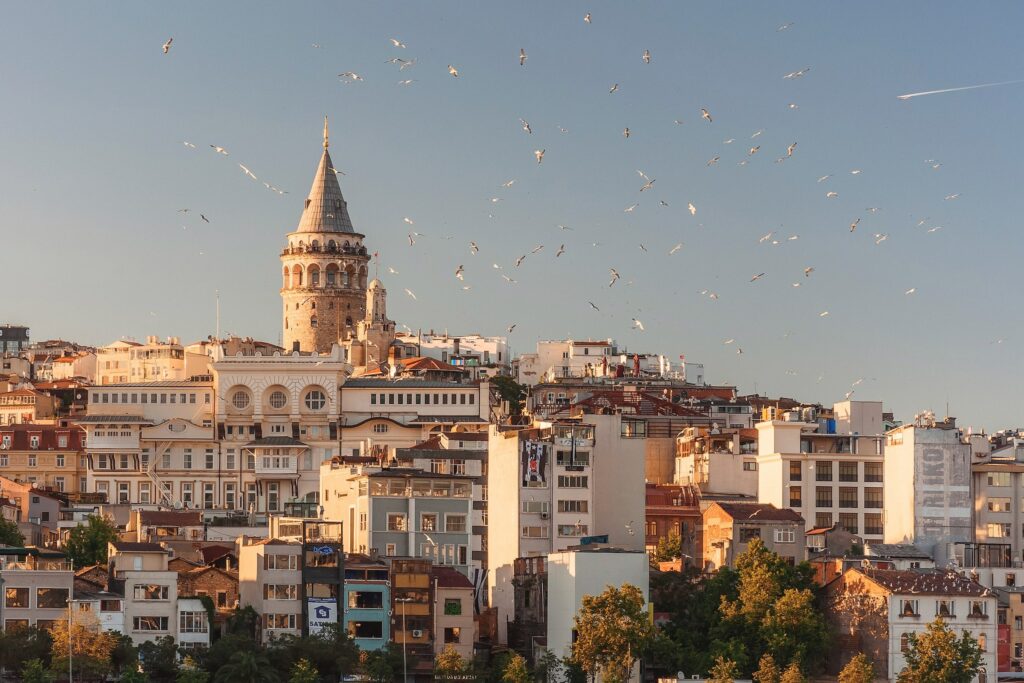
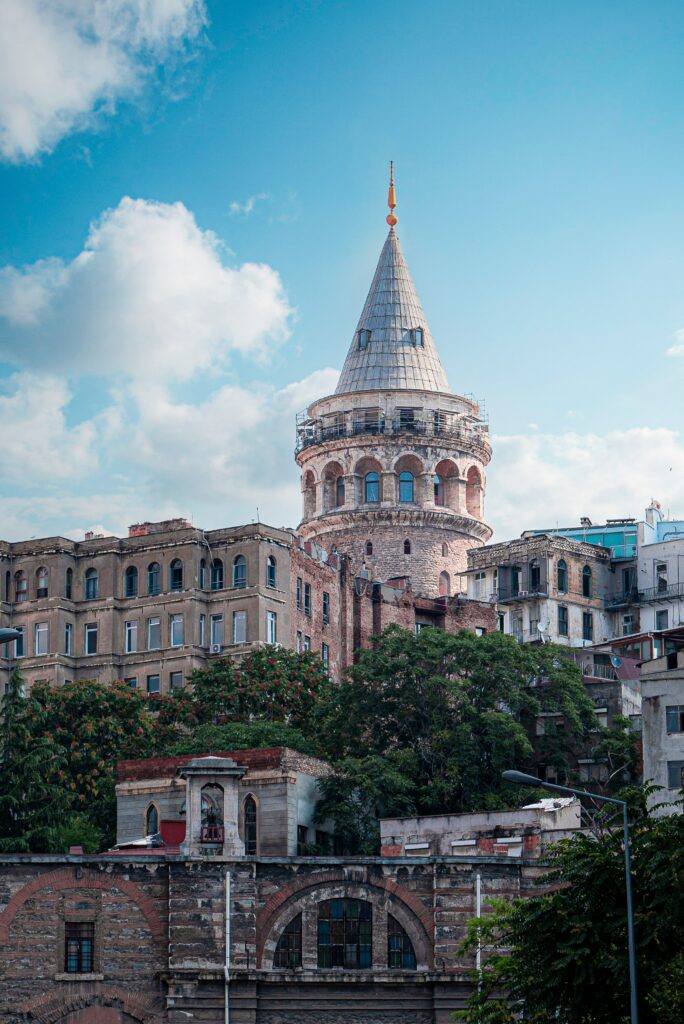
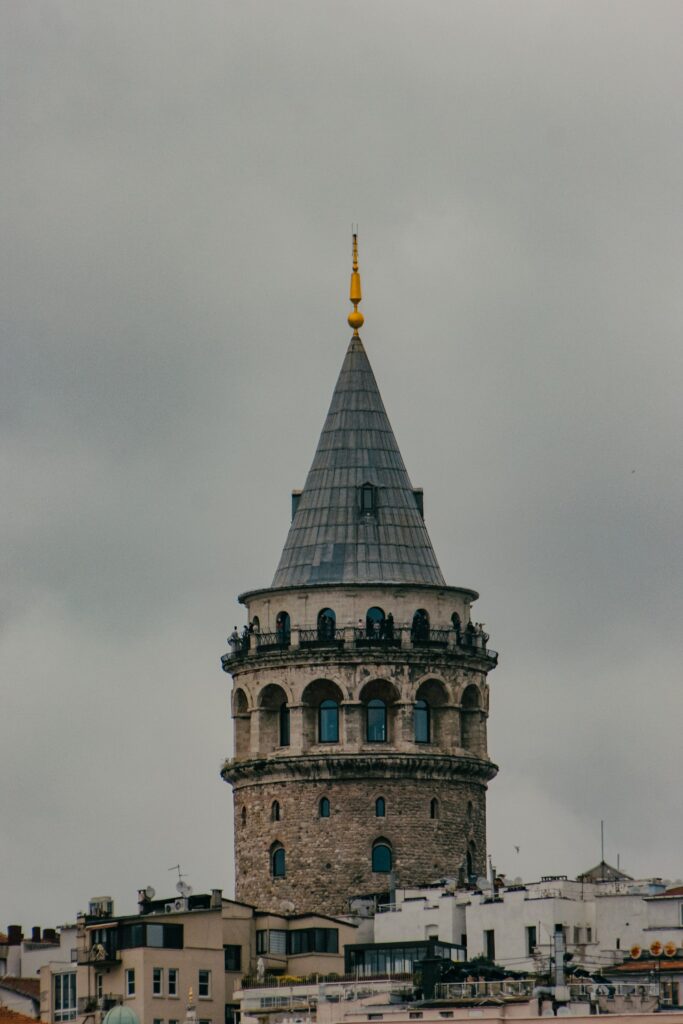
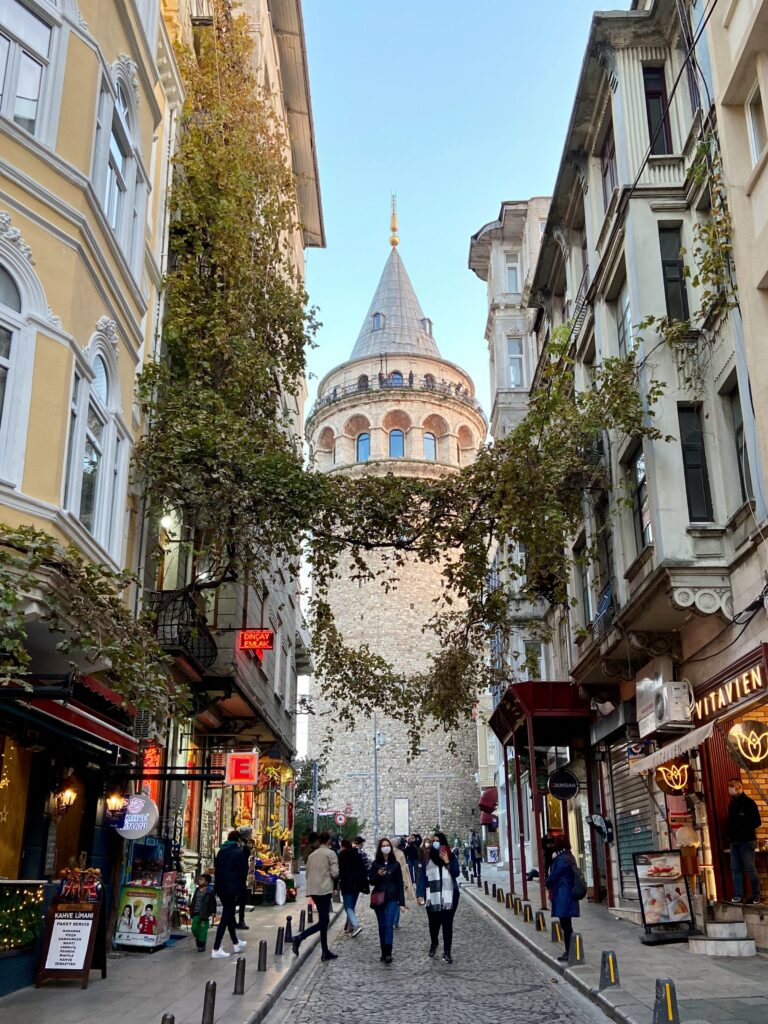
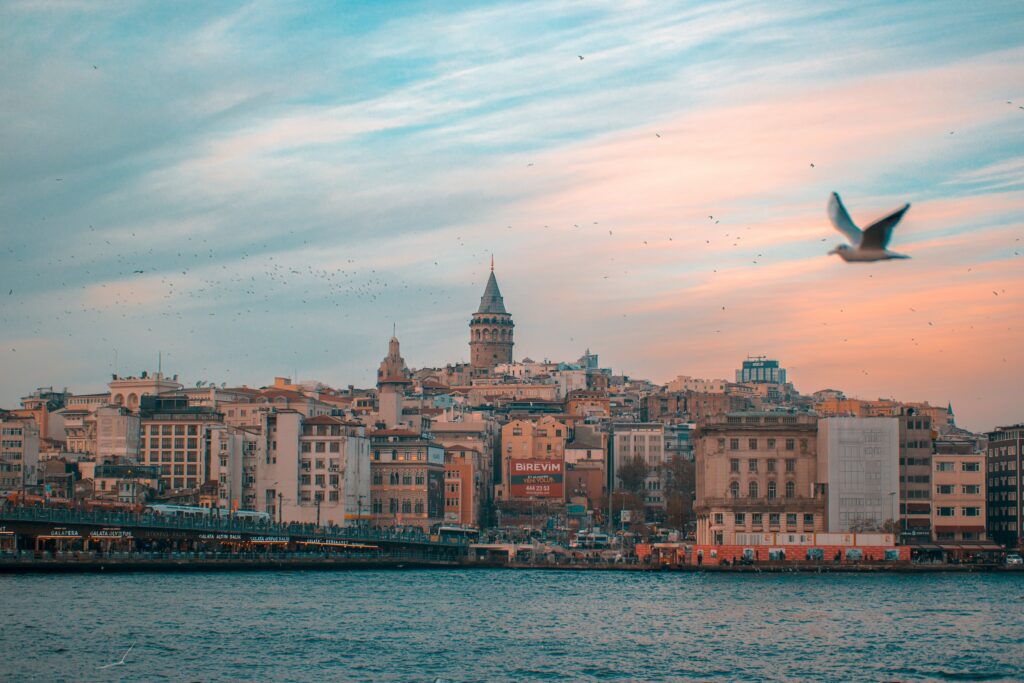
The tower was then renovated and opened to the public. The elevator will take you to the penultimate floor, where there is a nightclub and a cafe-restaurant. From here, a staircase leads to a panoramic terrace with a view of absolute beauty, especially at sunset. You can look towards the Golden Horn and the Sea of Marmara.
Dolmabahce
This is one of the most charming palaces in the world: it stretches for more than 600 meters along the European shore of the Bosphorus. It was built in the 19th century and was the main administrative center of the Ottoman Empire. This is the largest building in Turkey, it has more than 200 rooms, 40 living rooms, and 60 bathrooms made of the best materials, including Carrara marble, crystals, ebony, mahogany, rosewood, gold, and silver. The palace is divided into three parts: male, female, and dedicated to court life.
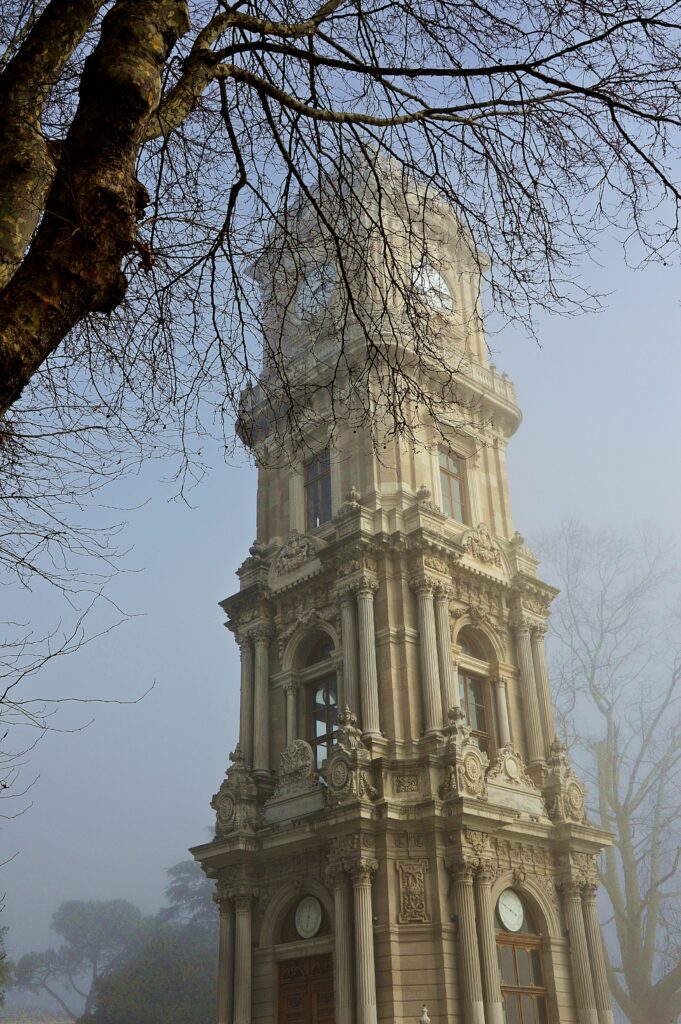
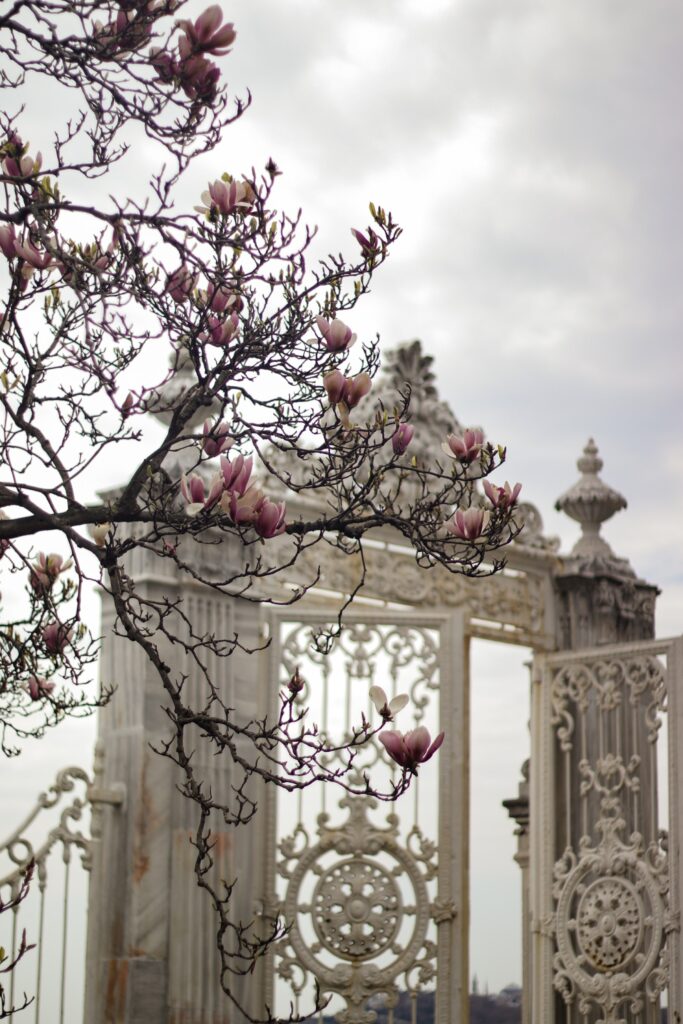
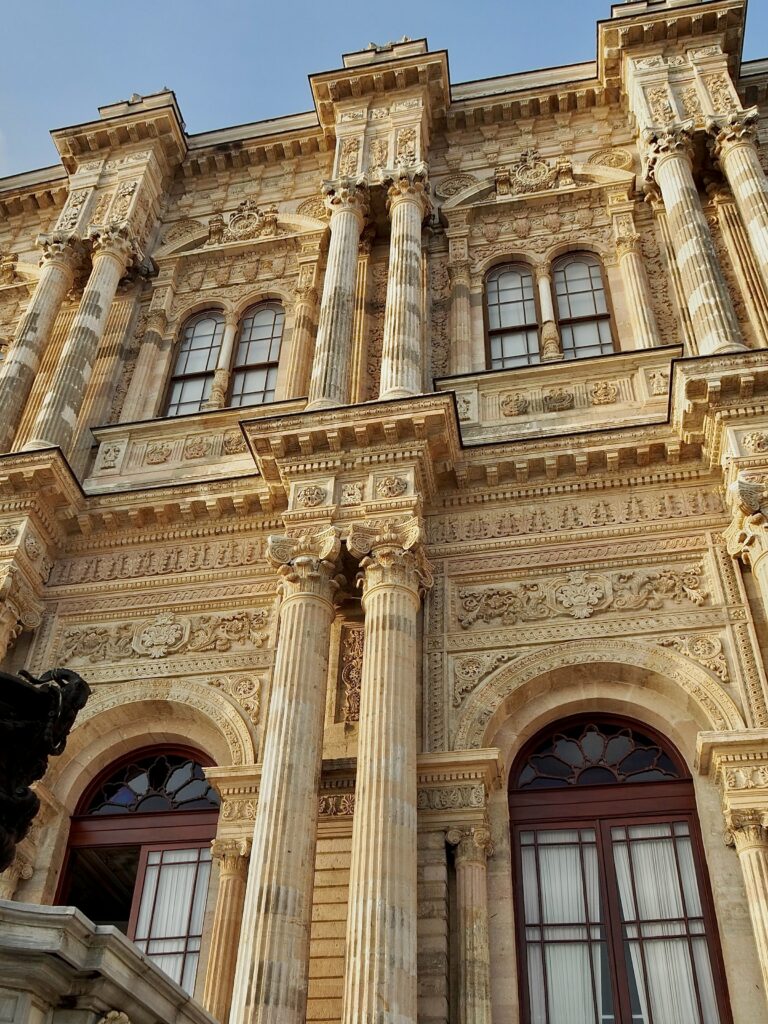
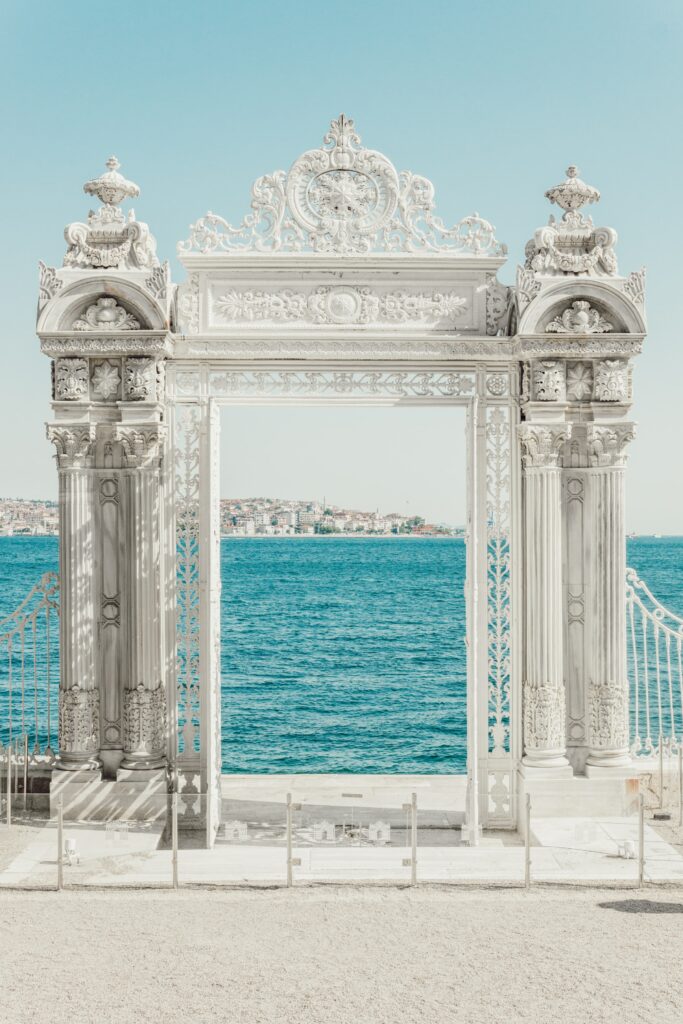
Styles are rich in charm and range from neoclassicism through traditional Ottoman architecture to Rococo. Among the rarities there is also one of the largest crystal chandeliers in the world in a bohemian style: it has the beauty of 750 lamps. In the central hall, there are exquisite carpets, some of them also made of bearskin, donated by the Russian tsar.
Sultanahmet Square
This garden square in Istanbul is home to some of the most important monuments of Ottoman history. This place is the nerve center of the city and is rich in history and offers. To begin with, there was a Constantinople hippodrome here, of which only some remains have survived, including a fountain and several obelisks (the one of Theodosia), transported from Egypt to Constantinople, decorated with exquisite bas-reliefs depicting some scenes from the life of the emperor indulging in some kind of entertainment.
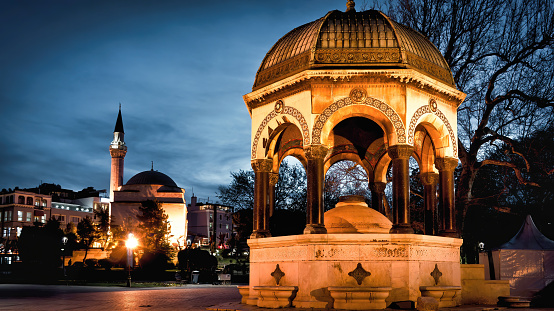
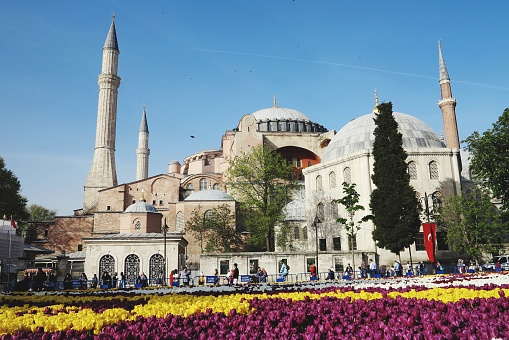
In this huge space, chariot races were held in front of 100,000 spectators. Under the Ottomans, the hippodrome became, in addition to the playing field, a popular meeting place and was closely watched by the sultans. From Sultanahmet Square, you can get to Hagia Sophia and the Blue Mosque.
Archaeological Museum
Not far from the Soktapi Palace is the Museum of Archaeology, consisting of 3 different buildings (the Museum of Archaeology, the Museum of Islamic Art, and the Museum of the Ancient East). Among the most famous finds is the sarcophagus of Alexander the Great. It was found in a tomb in Sidon during some excavations in southern Lebanon and depicts the heroic deeds of the great leader. It is said that Abdalonimo, king of Sidon, was buried inside. There is another interesting sarcophagus, and this is the sarcophagus of the “Woman” Among the curiosities that you can admire, there is also a wonderful statue of the poetess Sappho.
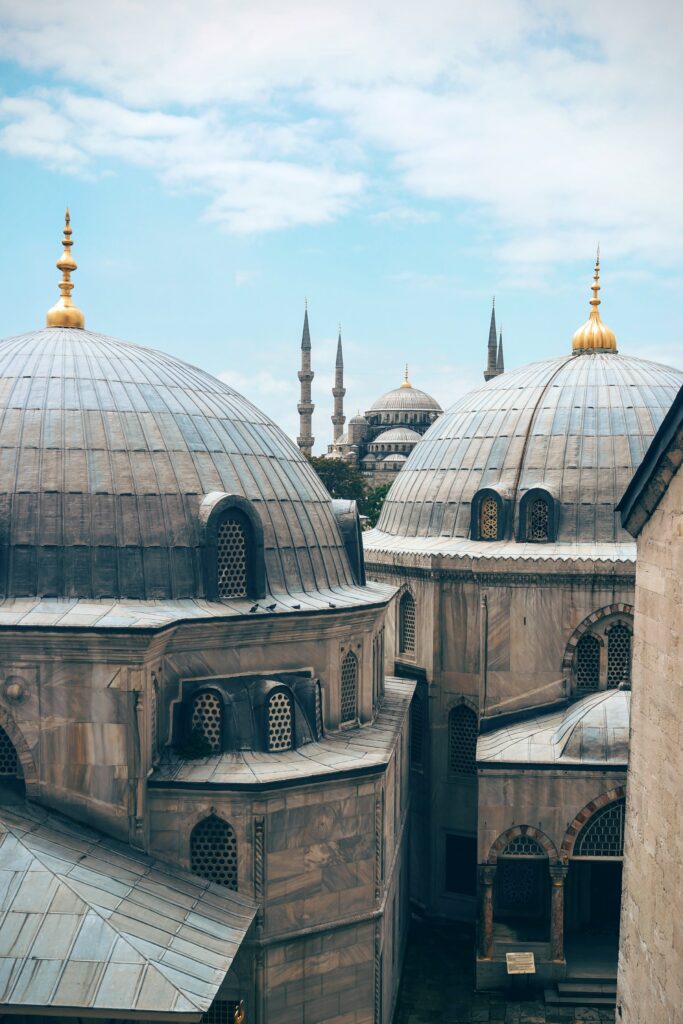
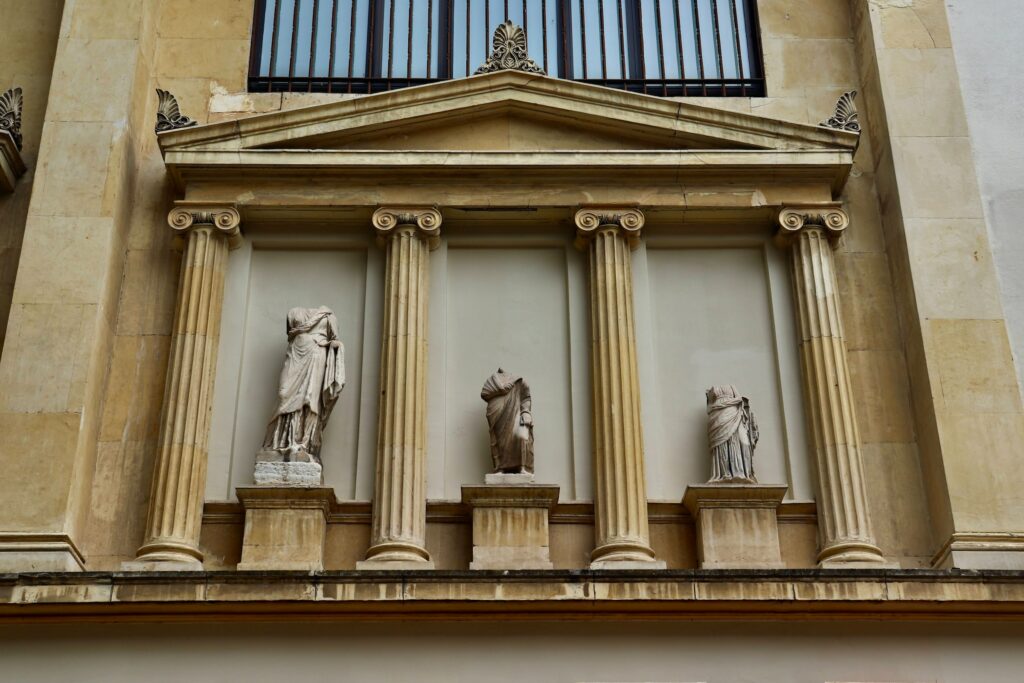
Among the treasures to be discovered is also the Kadesh Peace Treaty, which is considered the oldest diplomatic document in the history of mankind. It dates back to 1259 BC and establishes peace between the king of the Iitts Hattusili and the Egyptian Pharaoh Ramses II. There are over a million artifacts ranging from the treasures of Central Anatolia and the Middle East. Your trip will include statues, precious bas-reliefs, mummies, and Hittite objects, while not forgetting traces of pre-Islamic civilizations of the Ottoman Empire. The Museum of Islamic Art exhibits the picturesque exquisite ceramics of Iznik and is characterized by a unique style.











The first time we visited Istanbul we had no itinerary which made me a bit anxious, I thought we would roam around aimlessly not knowing what to do. Well, it turns out I couldn’t have been more wrong! Istanbul is such a vibrant city, being bored is out of the question.
I really thought this city would be too much for me: too much color, too much noise, too many people but I ended up falling in love with just that, it’s richness in everything. Oh, and the food, don’t get me started on the food, their famous baklava is an uber sweet, moist dessert that I had to eat every single day. The chants from the mosque were unexpected though, it took me a while to get used to them.